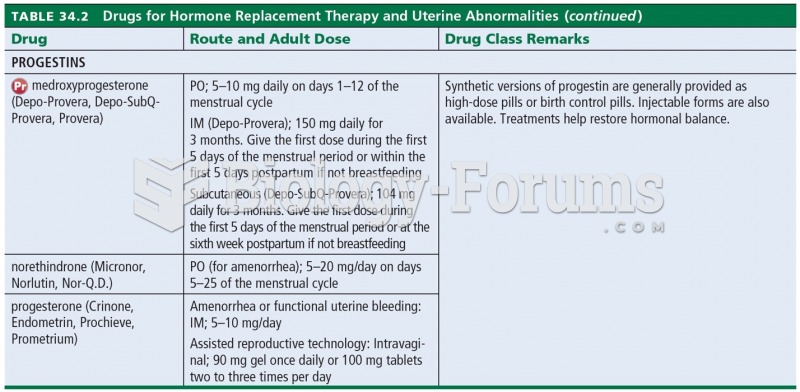This topic contains a solution. Click here to go to the answer
|
|
|
Did you know?
A good example of polar molecules can be understood when trying to make a cake. If water and oil are required, they will not mix together. If you put them into a measuring cup, the oil will rise to the top while the water remains on the bottom.
Did you know?
The average human gut is home to perhaps 500 to 1,000 different species of bacteria.
Did you know?
People about to have surgery must tell their health care providers about all supplements they take.
Did you know?
Approximately 500,000 babies are born each year in the United States to teenage mothers.
Did you know?
There are more nerve cells in one human brain than there are stars in the Milky Way.







